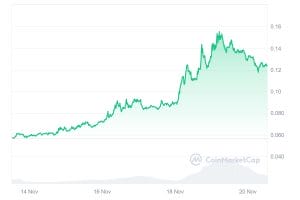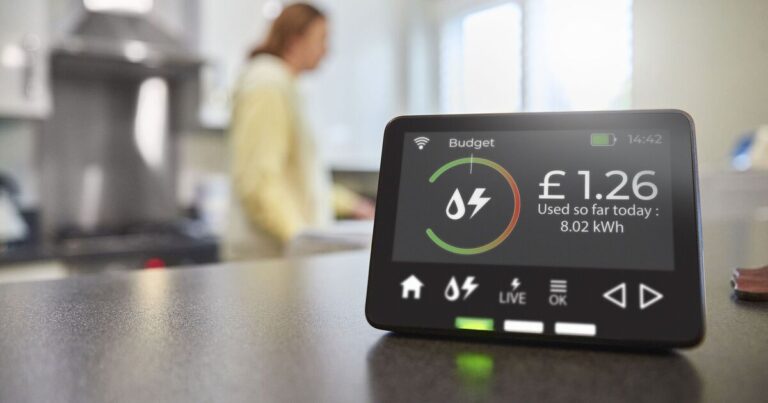Last updated:
 Why Trust Cryptonews
Why Trust Cryptonews

India’s Reserve Bank (RBI) is moving forward cautiously with the rollout of its Central Bank Digital Currency (CBDC), the e-rupee.
While the RBI sees the potential of CBDCs in reshaping the financial landscape, Deputy Governor T. Rabi Sankar stated that a full understanding of the technology’s impact is necessary before expanding its usage.
Measured Approach to India CBDC Expansion
According to a Bloomberg report on Wednesday, Sankar emphasized that India’s approach is rooted in patience, with the central bank not adhering to a strict timeline for the nationwide deployment of the CBDC.
The e-rupee was launched in December 2022 as part of India’s digital currency experiment. Since then, adoption has been slow, with only 1 million retail transactions by mid-2024.
Local banks have offered incentives to spur growth, such as using the CBDC for salary disbursements.
Despite these efforts, Sankar clarified that the RBI is not rushing the expansion.
“We are in no hurry to roll it out immediately. Once we have some visibility of what the outcome or impact will be, we’ll roll it out,” he said during a conference in Cebu, Philippines.
The cautious stance is also driven by concerns regarding the impact of CBDCs on financial stability.
In August, Deputy Governor Michael Debabrata Patra warned that CBDCs could be perceived as “safe havens” during financial crises.
Such a shift could lead to an influx of withdrawals from bank deposits, increasing the risk of bank runs.
This scenario highlights the potential challenges of integrating CBDCs into India’s banking system.
Growing e-rupee Usage, Future Plans, And Global CBDC Landscape
Despite the slow pace of adoption, India’s e-rupee pilot has reached over 5 million users by mid-2024, signaling an increasing interest in digital currency.
The RBI is also working on expanding its CBDC capabilities, including offline transfer functionality, to broaden its accessibility.
Governor Shaktikanta Das highlighted the growth of retail transactions in India’s digital rupee.
However, he acknowledged that further development is needed to match the widespread success of India’s Unified Payments Interface (UPI).
Notably, the wholesale CBDC pilot, involving nine major Indian banks such as ICICI Bank, HDFC Bank, and State Bank of India, is focused on interbank transactions and government securities trading.
These steps are crucial for refining the digital currency’s operational effectiveness in India’s financial system.
Additionally, India’s cautious approach mirrors a global trend toward CBDC adoption.
More than 130 countries, representing nearly 98% of global GDP, are actively exploring digital currencies, according to the Atlantic Council.
China, Jamaica, and Nigeria are among the nations already advancing their CBDCs, with India closely monitoring global developments as it progresses with its digital currency.





















